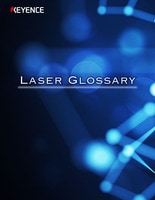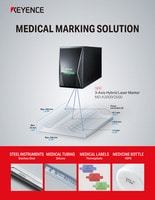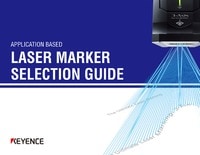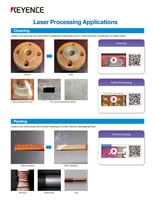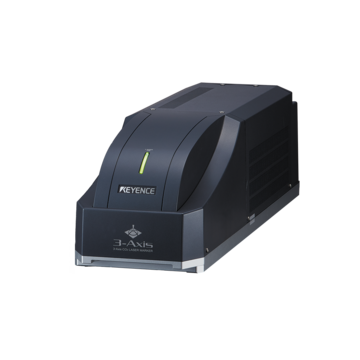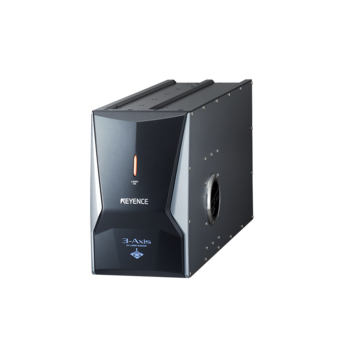Laser Marking Systems / Laser Markers
Laser Bonding
Laser bonding brings several unique benefits to manufacturing. Its goal is to create seamless permanent marks on a wide range of surfaces. The practice is commonly applied to ceramics, various metals, and even stone.
The technology promises multifaceted capability and unmatched efficiency, from product serialization to intricate labels and more. In this article, we’ll review prominent laser bonding applications and other relevant information about the technology’s design.
Understanding Laser Bonding
The entire process includes a few steps to achieve the final, consistent outcome. A laser bond additive material is applied, followed by a laser beam irradiating the material, which delivers durable, lasting marks on a variety of surfaces.
Laser marking systems come with many different features, but this design is an additive process focusing on precision, speed, and durability. It is important to highlight that quality heavily depends on laser settings and material composition. Thankfully, laser bonding technology can work with various laser types, with CO2 laser markers being a common example.
This type of adaptability means manufacturers are using these systems for a long list of laser bonding applications. Let’s take a look at some common use cases in which laser bonding could be a great fit.
Common Bonding Applications
As time goes on, the list of applications in laser bonding continues to expand. Its capabilities with various types of materials have given it vast industrial purpose on a global scale. From traditional to more modern applications, laser bonding machines find use cases across many industries and subsectors.
Some of the most prominent manufacturing applications include:
- Aerospace - fuel cell assembly, composite material bonding, sensor integration
- Automotive - sensor bonding, sealing headlights and taillights, interior component assembly
- Medical devices - medical device packaging, hermetic sealing
- Industrial equipment - electrical connections, component assembly, sensor integration
- Consumer goods and food packaging
- Apparel and textile marking
Thanks to this adaptability, from UV to fiber laser markers and other relevant designs, laser bonding can deliver many unique benefits, depending on the process and application.
Benefits of Laser Marking
Although laser bonding technology can be applied to many specific use cases, laser marking covers a much broader spectrum. It is safer for the product and much more cost and time-efficient for manufacturers.
Additionally, the technology has a softer learning curve, requires less maintenance, and has a much larger production capacity. On the surface, UV laser marker technology and other popular designs, such as hybrid laser markers, allow manufacturers to pivot based on production requirements.
Other notable benefits of laser marking technology include:
- Long term reliability
- Eco-friendliness
- Low maintenance requirements
- Consistent quality output
- Resistance to extreme temperatures
Laser marking and bonding processes aren't new to the manufacturing world, but technology has revolutionized their capabilities. It creates a more competitive space between businesses while raising the bar on quality control and consumer satisfaction. To remain on the leading edge of your market, it is advisable to examine the most relevant technologies in laser bonding.
Advanced Laser Bonding Technologies
It is common to find positive sentiment around technologies such as the LaserBond 100, but it is crucial to always remember the nuanced aspects involved. For example, choosing between a telecentric green laser marker and a CO2 laser marker can significantly impact your production process.
To offer a bit more insight, we can examine a few differences between laser marker designs.
CO2 lasers use a gas mixture to create a laser beam, while hybrids include YVO4 and fiber marking technology within the same system.
Why Choose KEYENCE for Laser Bonding?
The technology behind laser bonding and marking can speak for itself through its capability alone, but questions often arise. Aside from our years of experience with laser bonding and its surrounding technologies, we also understand the extent of its applications. Our advanced laser technology is utilized by various industries for bonding and other related needs.
If you’re looking for more guidance tailored to your industry, we have the technology that’s best for your production needs. Give us a call or reach out today to find answers to any of your pending questions on the technology.

